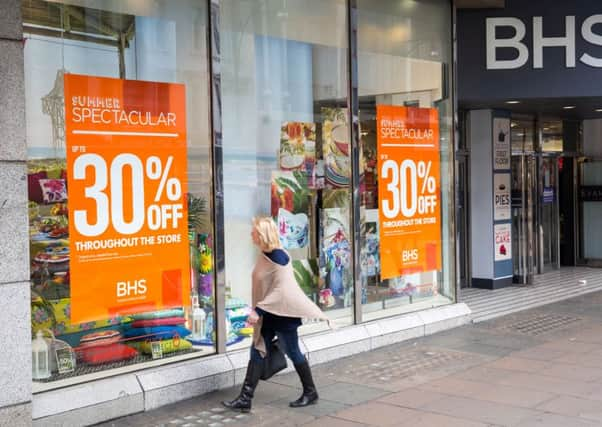Martin Flanagan: High-end fashion falls out of favour


This particular pyrotechnics show has plenty of space to run, obviously. But, away from the cordite and controversy, it is said that BHS had an underlying problem in being seen by shoppers as out of time, fuddy-duddy, cheap and not particularly cheerful.
That may be, but a new survey out yesterday shows it is not the cheapness of the offering in the clothes world that is the key determinant of success or failure.
Advertisement
Hide AdAdvertisement
Hide AdBHS obviously had its own specific problems. But being at the cheaper end of the retail offering was not what pulled the rug out from under it. The latest data from corporate financial research firm Company Watch says budget fashion brands, from Matalan and Primark to Shoe Zone and Sports Direct, are bucking the high street trend, thriving rather than under threat.
Company Watch studied the data of 22 fashion retailers, of which 16 served the ritzy end of the market, and six were budget retailers. Not one of the budget retailers merited a financial amber or red light, with most of them, in fact, turning in a top quartile performance. In contrast, premium fashion retailers such as Hobbs, Karen Millen and Jaeger registered more lacklustre results, Company Watch said.
It added that the budget end of the fashion market now accounts for significantly more sales, an annual total of £19.5 billion, 25 per cent higher than total upmarket fashion retail sales.
One factor could be younger people are a significant slice of the buyers in the fashion clothing sector. And so many of them, in England and Wales at least, are carrying tens of thousands of pounds of uni debt.
Are they really likely to be splashing out cash for high-end fashion brands in that climate? Take in slowing UK economic growth and global macro challenges and there is every likelihood the current status quo favouring the “value” chains continues.